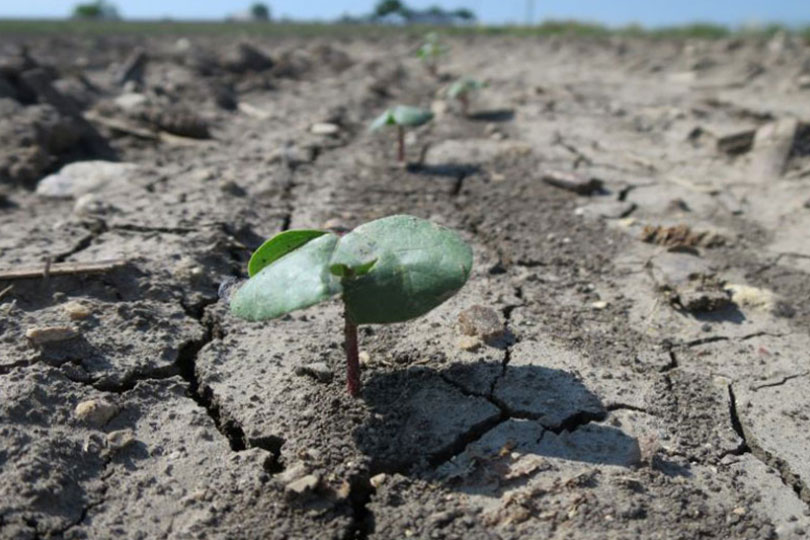By Emmy Powell
Communications Specialist
A new study projects big losses for agriculture in the Lower Rio Grande Valley (LRGV) due to water shortages.
The study, Estimated Economic Impacts of Irrigation Water Shortages on Lower Rio Grande Valley Agriculture, estimates a potential 2024 total loss in economic output of over $993.2 million due to the absence of irrigation water for crop production in the region.
According to the report, Mexico’s failure to deliver water to the U.S. under the 1944 Water Treaty has made a large impact. The current Mexican water deficit is the second largest in the last three decades.
“As a LRGV farmer, I cannot express more strongly the need for the current administration to escalate this issue. South Texas not only needs the water to produce crops but also to ensure water is available for residential use,” Brian Jones, Texas Farm Bureau District 13 state director, said. “Not only is irrigation water used for agricultural purposes but serves as the ‘push’ to move water into residential systems. Without it, our irrigation districts’ ability to supply water to all users is in jeopardy. This is not just a farmer problem.”
U.S. Reps. Monica De La Cruz and Henry Cuellar led passage of a House Resolution to express support for the diplomatic relations required to address the severity of the deficiency and encourage the Mexican government to fulfill its water deliveries on an annual basis to the U.S. under the treaty. U.S. Sens. John Cornyn and Ted Cruz co-sponsored a Senate version, which is pending.
The total economic impact on LRGV agricultural production was evaluated in the report. It examined row crops and specialty crops, absent irrigation water in the area.
The report expects a loss of over 8,000 jobs in 2024.
After decades of Mexico undersupplying the committed amount of water, some farmers say they aren’t surprised by the results.
“I’ve been in the agriculture business for more years than I can count, and one consistent impediment to the LRGV’s maximum success has been Mexico failing to reliably, and predictably give us the water that is owed,” Dale Murden, citrus grower and president of Texas Citrus Mutual, said. “You can’t turn the orchards on and off. It takes years to cultivate the trees for maximum production. Once the water stops, the trees can only survive for so long before they must be removed, and they won’t come back.”
The report also shows an estimation of in losses of $98.5 million of sugarcane and $108.5 million in losses for vegetable production.
“Our sugarcane farmers have been raising cane in the LRGV since the early 1970’s. As one of only three states left in the U.S. producing sugarcane, there must be a sense of urgency to getting water that is owed to the U.S.,” Sean Brashear, president and CEO of Rio Grande Valley Sugar Growers, said. “The sugar mill in Santa Rosa must have enough sugarcane grown in the area to remain viable. Our employees and the businesses we support are depending on us to keep open the only sugar operation left in the State of Texas.”
The 1944 Water Treaty
The U.S. and Mexico share the water of the Rio Grande under the Treaty for the “Utilization of waters of the Colorado and Tijuana Rivers and of the Rio Grande.” Mexico is obligated to deliver an average of 350,000 acre-feet annually over the defined five-year cycles.
Currently, Mexico owes over 736,000 acre-feet of water. Of the 1,113,288 acre-feet of water owed to the U.S. this cycle, Mexico has only delivered 376,915 acre-feet.
Mexico has built dams and reservoirs to capture the water that should be flowing to the U.S. since the treaty was signed. The report shows the economic impact of those actions which have led to unreliable and unpredictable water deliveries. The LRGV has seen substantial impacts and needs water, agricultural organizations noted.


Leave A Comment